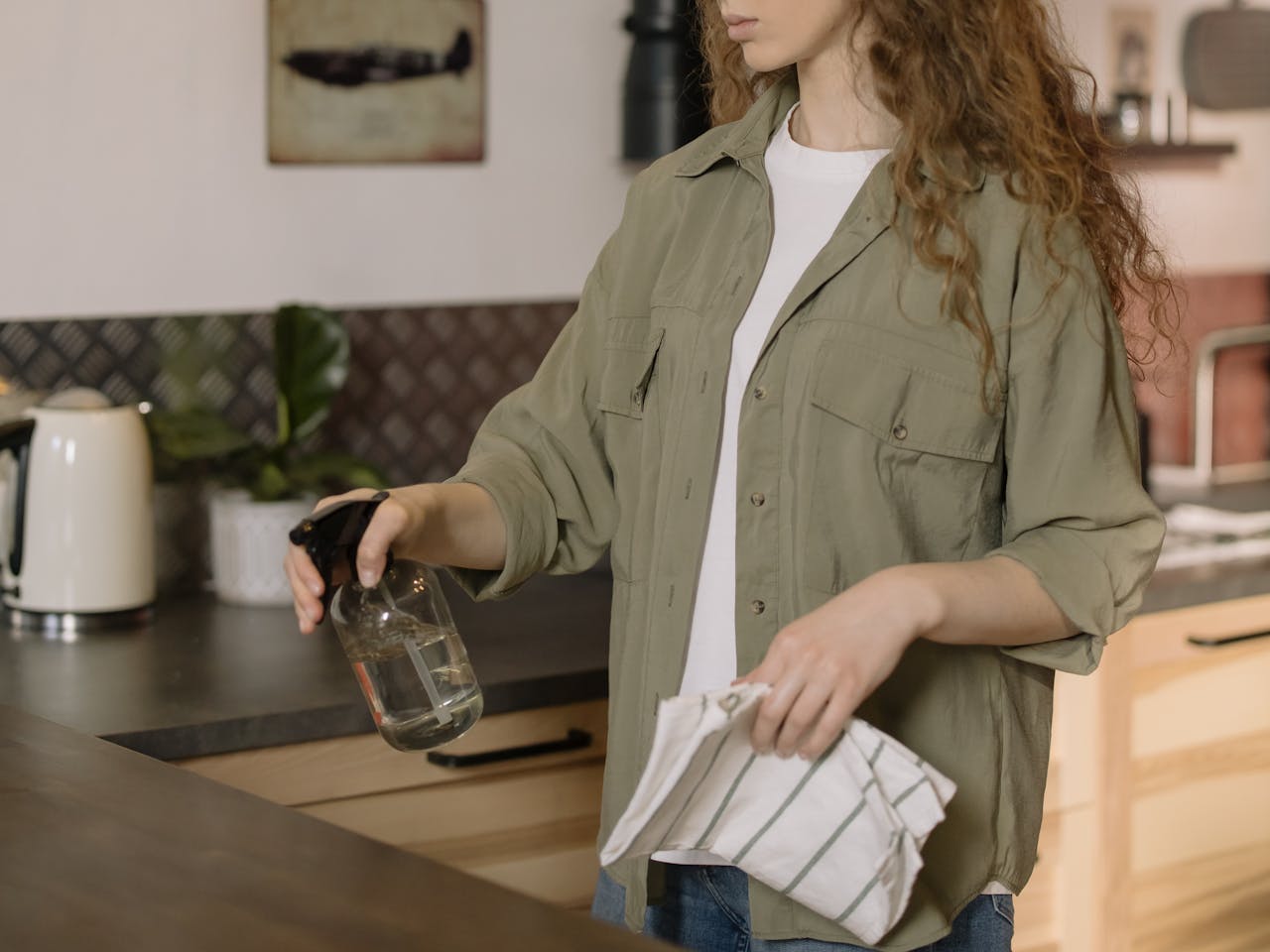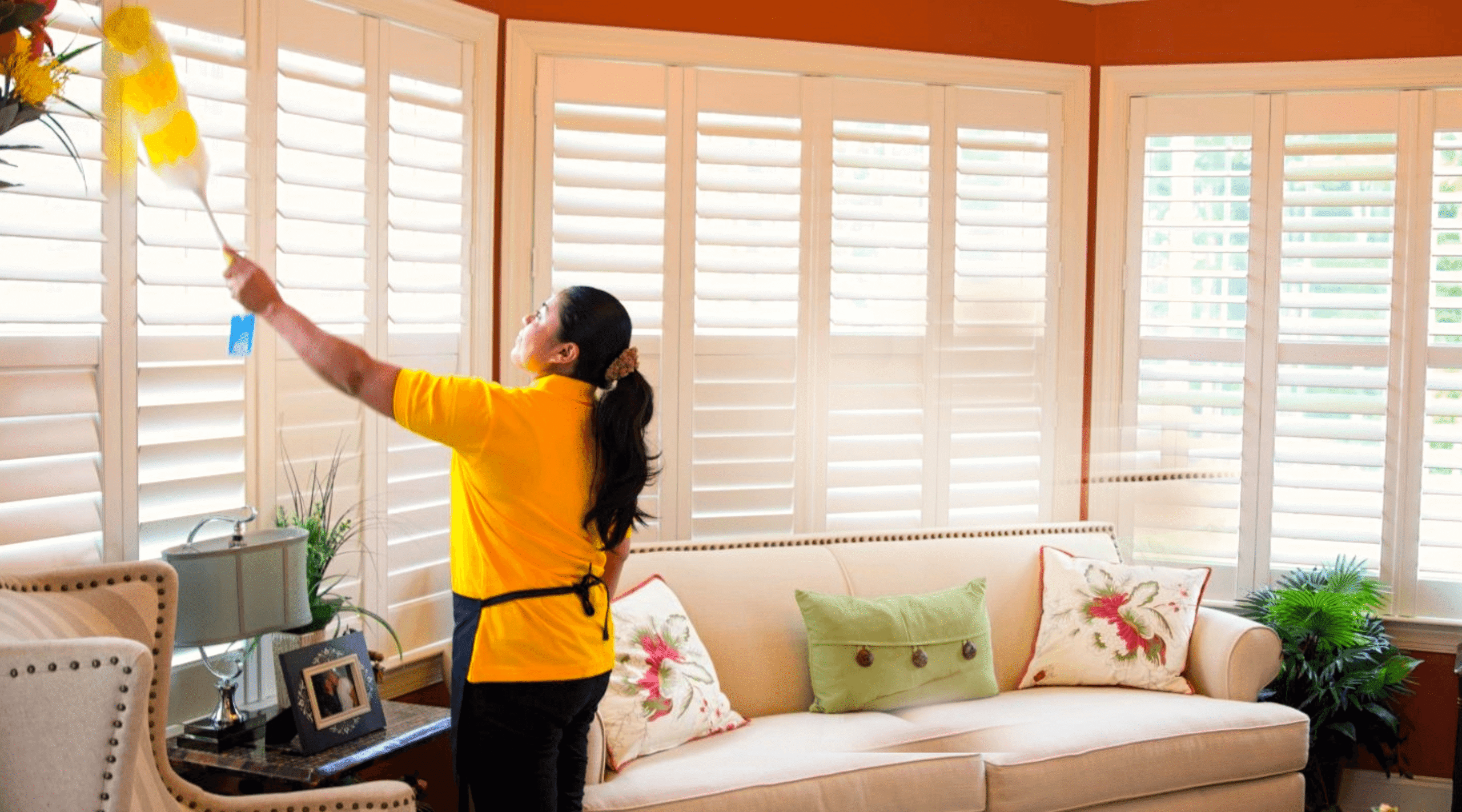Dealing with household dust and allergens is a common challenge many of us face. These tiny particles can cause a range of health issues, including allergies, asthma, and other respiratory problems. It’s essential to understand that a clean home is not just about appearance but also about promoting a healthy living environment. By taking steps to control dust and allergens, we can significantly improve the air quality in our homes, making it safer and more comfortable for everyone.
Household dust consists of a mixture of particles, including dirt, pollen, pet dander, and even tiny fibers from clothing and bedding. Allergens, on the other hand, are substances that can cause allergic reactions, such as dust mites, mold spores, and pet dander. These particles can accumulate on surfaces, in carpets, and in the air, making regular cleaning a necessity. In this article, we will explore ways to reduce these irritants effectively, turning your home into a healthier haven for you and your family.
By adopting simple daily habits and using the right tools and products, we can keep dust and allergens at bay. Furthermore, establishing an effective cleaning schedule helps to maintain a consistently clean environment, reducing the likelihood of dust and allergens building up over time.
Household dust and allergens come from a variety of sources. Dust can be made up of dirt tracked in from the outside, skin cells shed by people and pets, pollen from trees and flowers, and even bits of fabric from clothing and furniture. These particles settle on surfaces and mix together, forming the dust we see on our shelves, floors, and other flat surfaces. Knowing where dust comes from helps us understand how to manage and reduce it in our homes.
Allergens are specific substances that can cause allergic reactions. Common indoor allergens include dust mites, pet dander, mold spores, and pollen. Dust mites are tiny creatures that thrive in warm, humid environments, often found in bedding, carpets, and upholstery. Pet dander consists of tiny flecks of skin shed by cats, dogs, and other animals with fur or feathers. Mold spores can be released into the air from damp areas like bathrooms and basements. By identifying these sources, we can focus our cleaning efforts on areas where allergens are likely to accumulate.
Adopting simple daily habits can significantly reduce dust accumulation in our homes. One effective way is to take off shoes at the door. This helps prevent dirt and other particles from being tracked inside. Using doormats both outside and inside the entryways can also catch some of the dirt before it enters your home. Regularly wiping down surfaces with a damp cloth can capture dust and prevent it from spreading into the air.
Another important habit is to reduce clutter. Dust settles on everything, so the more items you have out in the open, the more places dust has to land. Keeping surfaces clear and storing items in closed cabinets or containers helps minimize dust collection. Washing bedding weekly in hot water can help eliminate dust mites. Additionally, grooming pets regularly can reduce the amount of pet dander in the home. Implementing these small changes can lead to a noticeable decrease in dust and allergen levels.
Keeping allergens at bay requires the right tools and products. High-efficiency particulate air (HEPA) filter vacuums are excellent for capturing small particles, including dust mites, pet dander, and pollen. We recommend using a HEPA vacuum at least once a week on carpets, rugs, and upholstery to maintain a cleaner home environment. Additionally, using microfiber cloths for dusting can help trap dust rather than spreading it around.
Air purifiers can also play a significant role in reducing airborne allergens. Choose ones that have HEPA filters and run them in the most frequently used rooms. Washable mattresses and pillow covers protect against dust mites and should be washed in hot water regularly. Avoiding harsh chemicals in favor of natural or hypoallergenic cleaning products can also reduce reactions for those with sensitivities. This combination of the right tools and products forms a solid defense against household allergens, keeping our living spaces healthier.
An effective cleaning schedule is crucial for managing household allergens. Start with daily tasks like wiping down surfaces, simple dusting, and sweeping high-traffic areas to prevent buildup. Incorporate weekly chores such as vacuuming carpets, mopping floors, and laundering bedding to target areas where allergens accumulate the most. Assign specific tasks to each day to make the process less overwhelming and more consistent.
Monthly tasks include deep cleaning efforts like washing curtains, cleaning out air vents, and giving attention to less frequently cleaned areas. Seasonal cleaning should focus on tasks like shampooing carpets and deep-cleaning upholstery. By spreading tasks out and assigning specific responsibilities, we can create a manageable cleaning routine that everyone in the family can follow. This structured approach helps maintain a cleaner home and significantly reduces allergen levels.
Understanding and managing household allergens involves using the right tools, adopting effective daily habits, and following a structured cleaning schedule. Achieving a cleaner and healthier living space not only enhances comfort but also improves the overall quality of life for everyone in the family.
At Laly’s Cleaning Services, we recognize the importance of maintaining a clean, allergen-free home. If you need professional assistance with your cleaning routine, contact Laly’s Cleaning Services today. We are here to help you create a healthier, more enjoyable home environment for you and your loved ones through our home cleaning in Annapolis.

